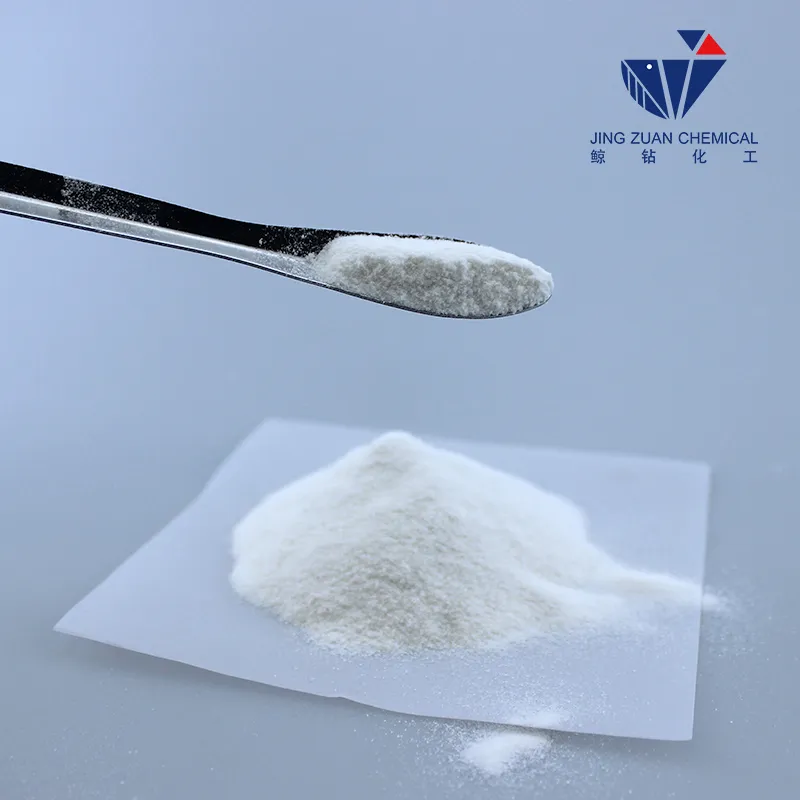
Ago . 08, 2024 07:45 Back to list
A Comprehensive Comparison of HPMC and HEC in Pharmaceutical Formulations and Applications
Comparison between HPMC and HEC Key Differences and Applications
Hydroxypropyl methylcellulose (HPMC) and hydroxyethyl cellulose (HEC) are two prominent cellulose ethers that have gained widespread use across various industries, particularly in pharmaceuticals, food, cosmetics, and construction. Both of these materials are derived from cellulose, a natural polymer, and they possess unique properties that make them suitable for specific applications. Understanding the differences between HPMC and HEC is crucial for manufacturers and formulators choosing the right component for their products.
Chemical Structure and Properties
HPMC is a non-ionic, water-soluble polymer made by reacting cellulose with propylene oxide and methyl chloride. This modification provides HPMC with enhanced solubility in cold water, viscosity, and film-forming properties. As a derivative of cellulose, HPMC exhibits unique properties, including excellent thermal stability, emulsification abilities, and thickening power, making it versatile across various applications.
On the other hand, HEC is produced by etherifying cellulose with ethylene oxide. HEC is also a non-ionic water-soluble compound but has different solubility characteristics compared to HPMC. It tends to have lower viscosity than HPMC when used at equivalent concentrations, making it suitable for applications where reduced thickness is desired. HEC has good film-forming properties but generally lacks the emulsifying characteristics of HPMC.
Viscosity and Use Cases
One of the most critical differences between HPMC and HEC lies in their viscosity profiles. HPMC usually provides higher viscosity at lower concentrations than HEC, which enables formulators to achieve desired texture and body in their products without significantly increasing the amount of additive used. This property is particularly advantageous in applications such as gel formulations, where a specific texture is crucial.
hpmc vs hec

In pharmaceuticals, HPMC is frequently used as a binder in tablet formulations, as it promotes controlled drug release. Its thickening and gelling properties make it ideal for various dosage forms, including oral, topical, and ophthalmic preparations. HEC, while also used in pharmaceuticals, is more commonly utilized in the development of water-based cosmetics and personal care products, where its capacity for creating a smooth and stable texture is critical.
Industrial Applications
Both HPMC and HEC find significant applications in the construction industry. HPMC is often utilized in dry-mix mortars and adhesives, where it enhances the workability and improves water retention of the mixtures, ensuring better adhesion and long-lasting results. HEC is primarily used in cement-based formulations and is valued for its ability to improve the flow characteristics of the mortar while also preventing the rapid evaporation of water.
Food industry applications also highlight the differences between the two cellulose ethers. HPMC is commonly used as a thickener, emulsifier, and stabilizer in various food products, including sauces, dressings, and ice creams, where it helps maintain texture and prevents separation. HEC, conversely, is more often incorporated into products where low viscosity is desired, such as in salad dressings or beverages.
Conclusion
In summary, while HPMC and HEC both stem from cellulose and share certain similarities, their distinct properties dictate their suitability for different applications. HPMC is renowned for its substantial thickening and emulsifying capabilities, making it ideal for pharmaceuticals and food products requiring higher viscosity. Meanwhile, HEC serves a vital role in personal care products and construction applications where fluidity and lower viscosity are preferred. Understanding these differences ensures that formulators can choose the right cellulose ether to meet the specific needs of their products, optimizing functionality and performance.
-
What Is HPMC: Meaning,Applications
NewsApr.02,2025
-
Redispersible Polymer Powder (Rdp): Uses, Price, And Suppliers
NewsApr.02,2025
-
Hydroxyethyl Cellulose (Hec): Uses, Suppliers, And Buying Guide
NewsApr.02,2025
-
Hpmc (Hydroxypropyl Methylcellulose): Applications, Suppliers, And Buying Guide
NewsApr.02,2025
-
Guide to Mortar Bonding Agent
NewsApr.02,2025
-
Buying Guide to Redispersible Powder
NewsApr.02,2025







